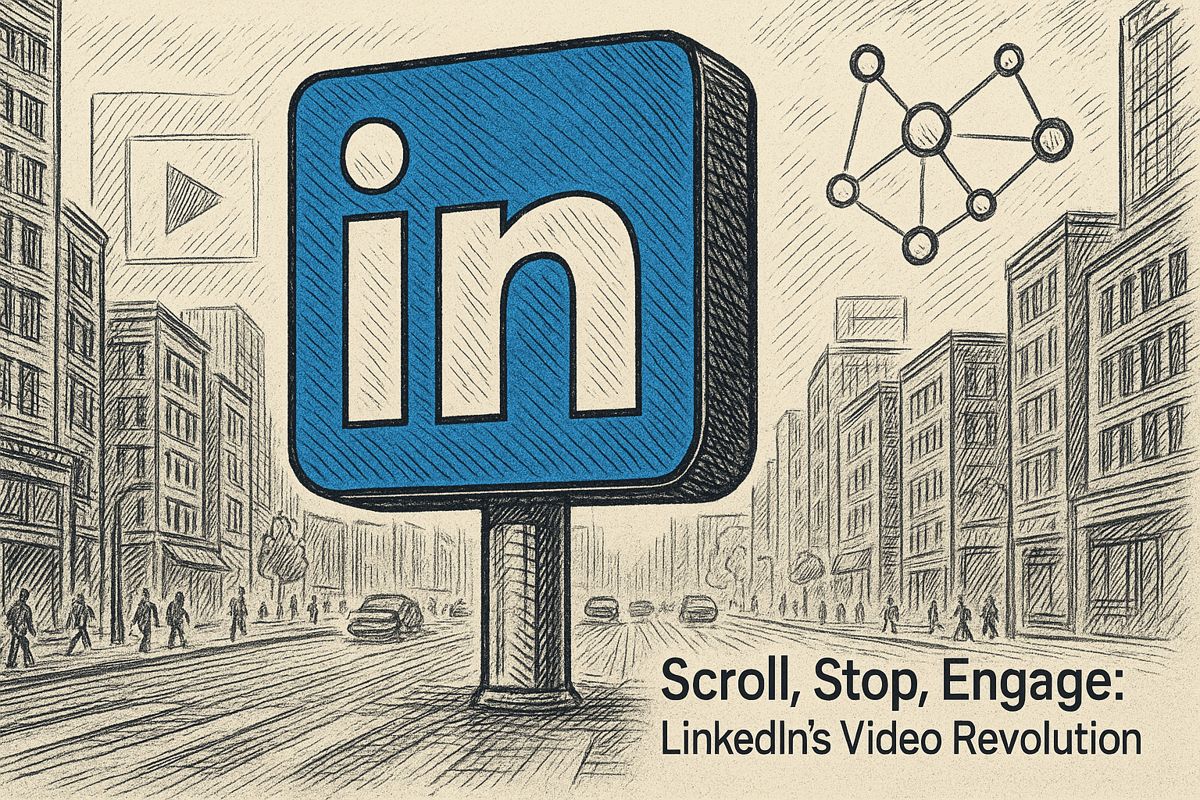Google’s Personal Health Agent: A Deep Dive into Multi-Agent AI for Healthcare
In an era where personal health data from wearables, apps, and lab reports is more abundant than ever, interpreting this information can be overwhelming. Google Research has introduced a groundbreaking solution: the Personal Health Agent (PHA), a multi-agent AI framework designed to act as a collaborative team of health experts. This innovative approach moves beyond single, monolithic chatbots to deliver personalized, evidence-based, and actionable health guidance.
Published in September 2023, Google’s research on the PHA framework presents a sophisticated architecture that mirrors a real-world clinical team, setting a new standard for AI in personalized healthcare.
What is the Google Personal Health Agent (PHA)?
The Google Personal Health Agent is not a single application but a multi-agent AI health coach framework. It integrates several specialized AI agents, each with a distinct role, to analyze a user’s health data and provide cohesive, expert-driven advice. An orchestrator coordinates these agents, ensuring the final output is safe, clear, and highly personalized.
The Core Architecture: A Team of Three AI Specialists
Instead of relying on one generalist AI, the PHA framework divides tasks among three autonomous yet cooperative agents, supervised by a central coordinator.
- The Data Scientist Agent: This agent focuses purely on quantitative analysis. It processes raw data from wearables and lab reports to answer specific questions like, “What was my average heart rate during sleep last week?” or “How do my daily steps compare month-over-month?”
- The Domain Expert Agent: Grounded in established clinical literature and medical guidelines, this agent provides evidence-based context. It answers the “why,” explaining what a specific metric, like a change in Heart Rate Variability (HRV), means for a user’s cardiovascular health.
- The Health Coach Agent: This agent translates complex data and clinical insights into practical, actionable advice. It focuses on behavior change, helping users create personalized plans to achieve their goals, such as, “What are some simple ways I can improve my HRV based on my current lifestyle?”
An Orchestrator Agent acts as the team lead. When a user asks a question, the orchestrator routes it to the most appropriate primary agent, assigns supporting roles to the others, and synthesizes their inputs into a single, coherent response.
Multi-Agent vs. Monolithic AI: A Head-to-Head Comparison
The key innovation of the PHA is its specialized, multi-agent structure. This offers significant advantages over a single, all-purpose Large Language Model (LLM).
A comprehensive Google study involving 1,200 Fitbit users and over 7,000 expert annotations found that both end-users and medical reviewers overwhelmingly preferred the PHA’s output compared to a single-agent baseline.
| Dimension | Multi-Agent PHA Framework | Single Generalist Bot |
|---|---|---|
| Explainability | Reasoning is clear, as insights can be traced back to a specific agent (e.g., Data Scientist for stats, Domain Expert for medical facts). | The reasoning process is a “black box,” making it difficult to trace or validate the output. |
| Flexibility & Maintenance | Individual agents can be retrained or updated independently as new research emerges, reflecting professional development. | The entire model must be retrained to incorporate new knowledge, which is costly and time-consuming. |
| Safety & Accuracy | Role clarity reduces the risk of AI “hallucinations” and ensures medical reasoning is segregated and easier to validate. | A broad model is more prone to generating incorrect or out-of-scope information, making targeted validation difficult. |
| User Satisfaction | Consistently preferred by both lay users and clinicians for providing clearer, more helpful, and trustworthy answers. | Scored lower in user preference due to less nuanced or actionable advice. |
A Blueprint for Building Your Own Agentic AI Framework
Organizations looking to leverage this powerful paradigm can adopt the core principles behind Google’s PHA. This approach translates proven human team management strategies into effective AI system design.
- Establish Role Clarity: Begin by splitting workflows into discrete tasks (e.g., data analysis, expert interpretation, and user coaching). Create clear “job descriptions” for each agent using detailed prompt templates that define its scope, inputs, and outputs.
- Implement an Orchestrator: Design a coordination layer. This can start as a simple rule-based scheduler that routes queries to the correct specialist and merges their responses before delivering the final answer.
- Create Institutional Memory: Use a shared context storage system, similar to an electronic health record. This allows agents to reference prior interactions and maintain a consistent, evolving understanding of the user.
- Measure and Evaluate Rigorously: Track the performance of each agent individually (e.g., accuracy, response time) and evaluate the quality of the final, merged output with human domain experts. Google created ten repeatable health scenarios for rapid regression testing.
- Plan for Governance: Align agent roles with existing accountability structures. Ensure you can document the provenance of every decision to meet regulatory standards, especially in a HIPAA-aligned environment.
Navigating the Challenges: Governance and Scalability
While powerful, scaling a multi-agent system introduces unique challenges:
- Privacy Exposure: To mitigate risks, raw personal data should remain sandboxed within each agent. Only depersonalized insights should be shared between agents during collaboration.
- Orchestrator Overload: The orchestrator itself can become a bottleneck. Google’s internal benchmarks show a significant (3x) jump in latency once an orchestrator manages more than seven sub-agents. For most health use cases, a team of three to five specialists is optimal.
Conclusion: The Future of Health is Collaborative AI
Google’s Personal Health Agent framework marks a pivotal shift from generalist AI chatbots to specialized, collaborative AI teams. By mirroring the structure of human expert teams, this multi-agent approach delivers more accurate, explainable, and personalized health guidance. As this technology matures, it promises to empower individuals to take control of their health with a trusted, intelligent team of experts right in their pocket.
Frequently Asked Questions (FAQ)
1. What is the Google Personal Health Agent (PHA)?
The PHA is an advanced AI framework, not a single app, that uses a team of specialized AI agents – a Data Scientist, a Domain Expert, and a Health Coach – to provide personalized and evidence-based health advice. An orchestrator coordinates them to deliver a single, unified answer.
2. Why is a multi-agent system better than a single AI chatbot for health?
A multi-agent system offers better explainability, safety, and flexibility. Each agent has a clear, focused role, which makes the AI’s reasoning easier to trace and validate. This structure was overwhelmingly preferred by users and medical experts in Google’s research studies.
3. Is the Google PHA available to the public?
Currently, the Personal Health Agent is a research framework and not a publicly available product. However, the principles and architecture guide the development of future AI health tools and are available for enterprises to model through platforms like Google Cloud’s Agentspace.



















